Receiving NOAA APT Satellite Transmissions with a Software-Defined Radio and Simple Antenna
This guide explores the reception of Automatic Picture Transmissions (APT) from NOAA satellites using a Software-Defined Radio (SDR) and a suitable antenna. While NOAA operates numerous satellites, our focus will be on NOAA-15, NOAA-18, and NOAA-19, which are equipped to broadcast imagery back to Earth.
For optimal reception of the 137.5 MHz frequency band utilized by these satellites, Quadrifilar Helix (QFH) antennas are highly recommended. Their omnidirectional nature eliminates the need for precise directional aiming, making them particularly convenient for tracking satellites as they pass overhead. Given favorable weather conditions, a QFH antenna can typically capture the NOAA satellite signal for approximately 15 minutes during each pass, from its appearance to its disappearance over the horizon.
The distinctive helical design of the QFH antenna is specifically engineered to effectively capture the circularly polarized signals common to most satellites. This design is crucial because the receiver cannot readily determine the orientation of the incoming satellite signal; consequently, antennas designed for purely vertical or horizontal polarization would be suboptimal for this application.
QFH antennas can vary significantly in size, with some designs exceeding 2 meters in height. This project aims to investigate the feasibility of constructing a more compact version, approximately 65 mm in size, and evaluate the quality of the images it can receive. It is important to note that precise calculations are paramount for the successful operation of these antennas. Each variation in antenna size necessitates adherence to specific wire lengths and winding configurations to ensure proper functionality.
John Coppens has great site to simplify your calculations for your build. LINK
To track the satellites when they are over your area you can use this site or you can use the Linux tool Gpredict found on GitHub here.
Supplies:
1. I purchased one of these QFH circuit kits but only used the PCB and connector. LINK
2. 408mm of copper welding rod 1.15mm thickness
Using John Coppens website to calculate each of my wire lengths to be 102mm
2 wires have a 90 degree bend with a 15mm strip on both ends to connect to the PCB.
2 wires have a 90 degree bend with a 10mm strip on both ends to connect to the PCB.
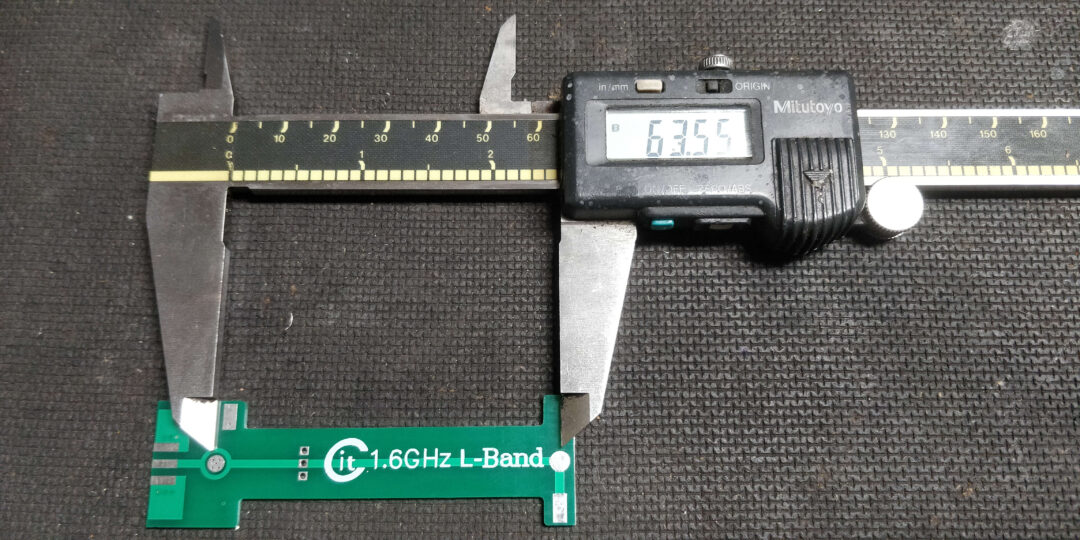
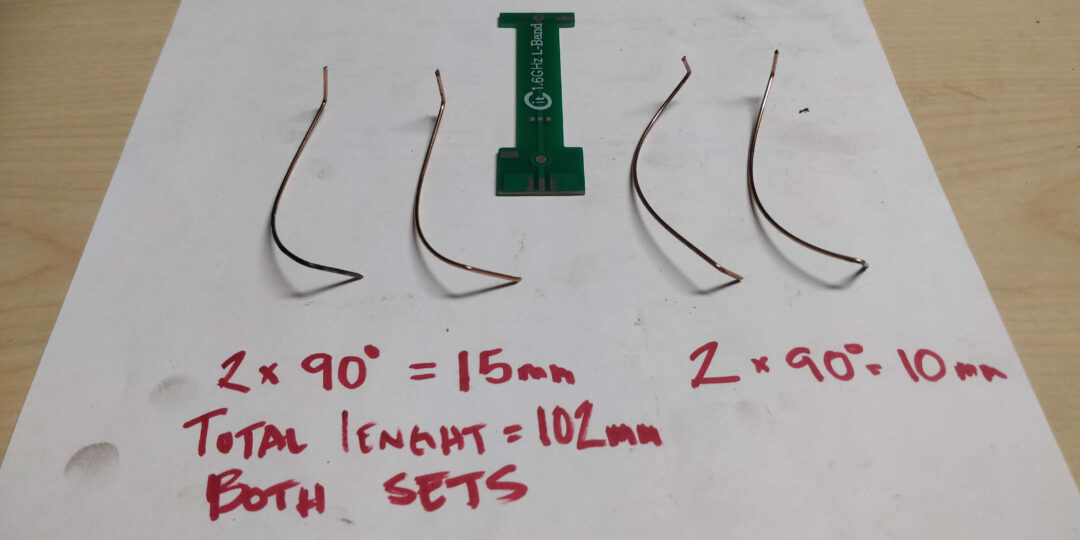

To make a proper radius, I used a 25mm diameter pipe and cut a notch to hold the wire in place.
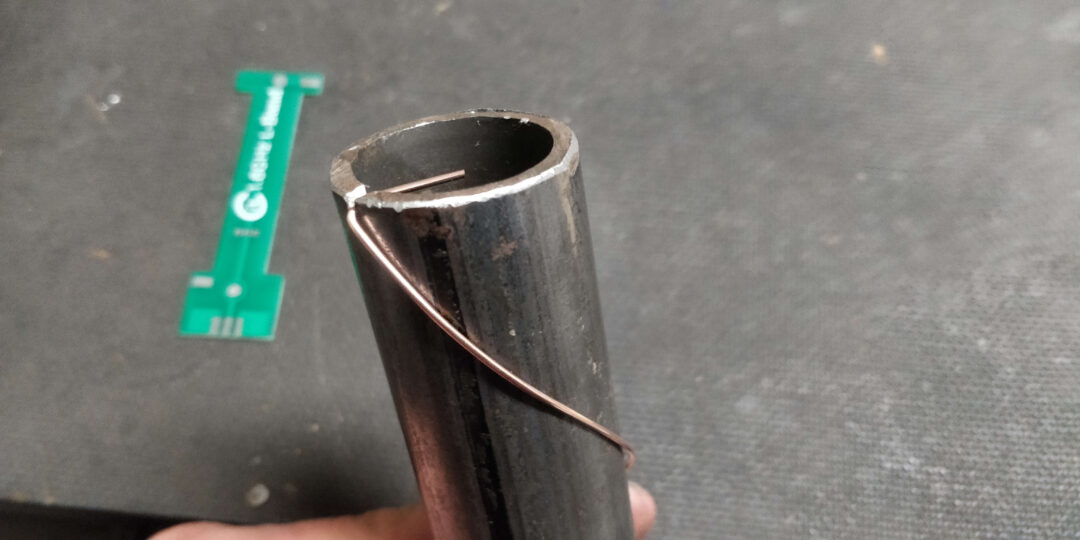
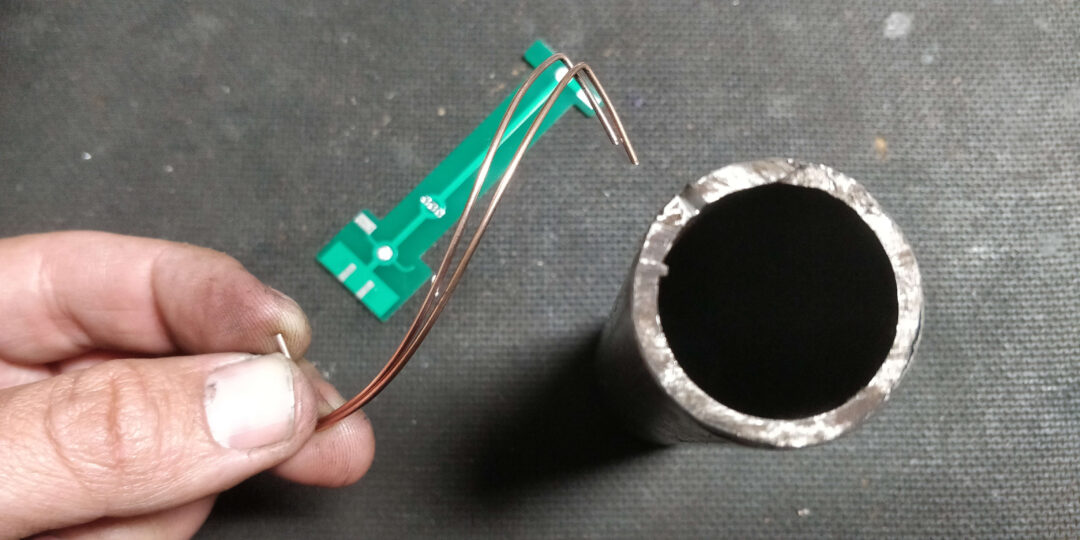
From here just some soldering on the wires to the PCB and attaching a coaxial connector.
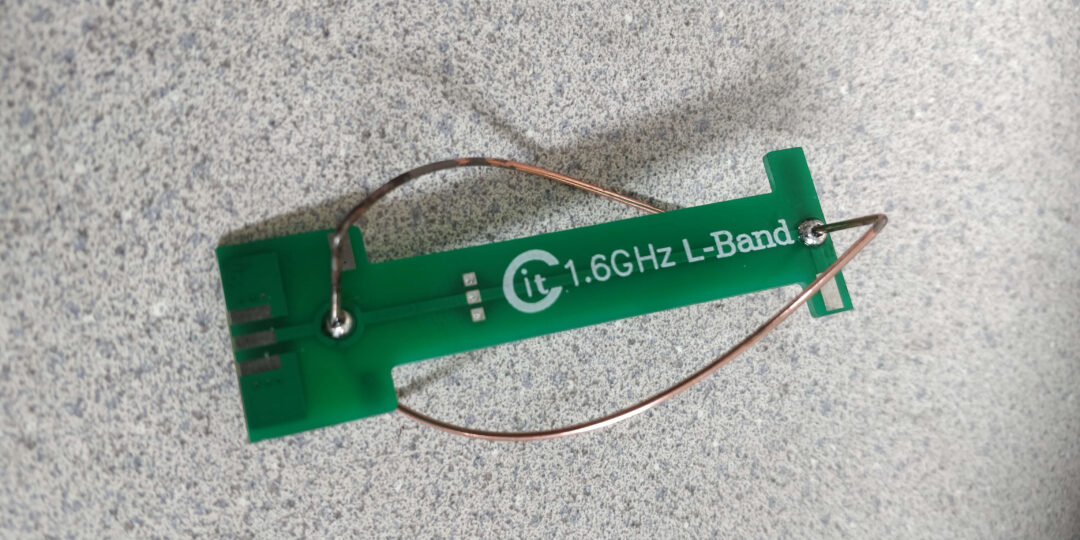

In the second part of this posting I will configure the HackRF and sat tracking software to listen our NOAA sat signals. Part 2 coming.

